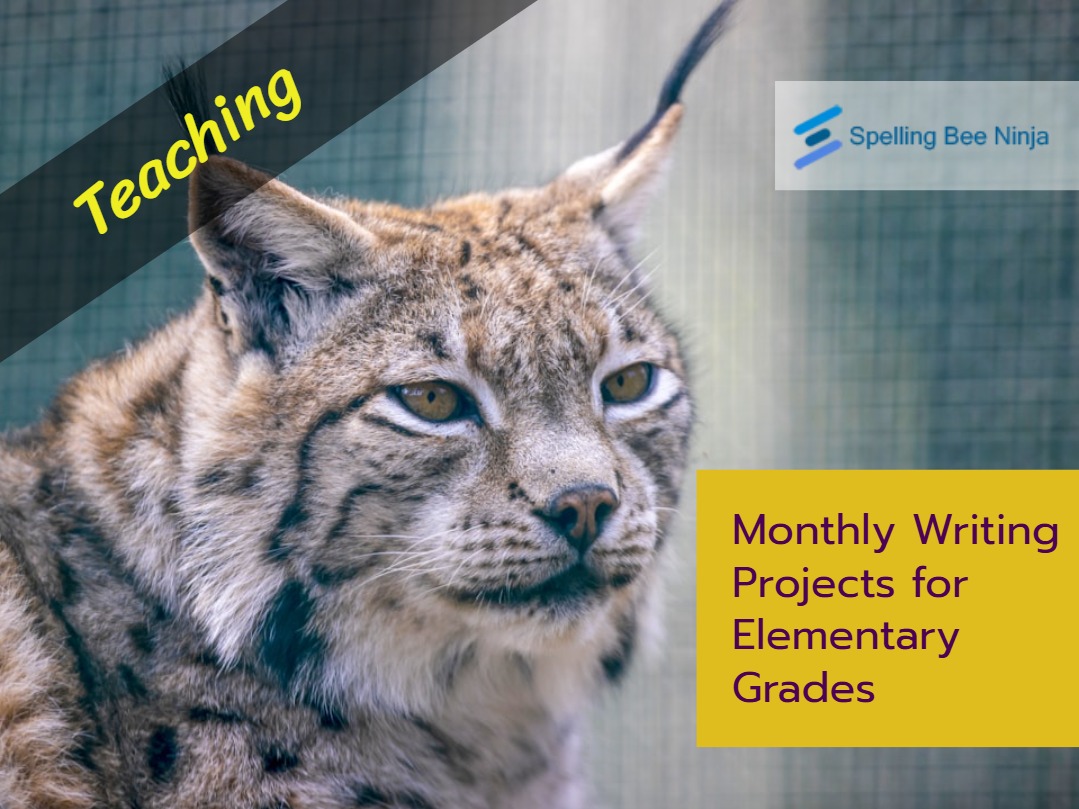Writing is one of the most essential skills students develop in elementary school. It strengthens their ability to communicate, builds creativity, and encourages critical thinking. However, young learners often need structure, consistency, and engaging prompts to stay motivated. One effective way to nurture these skills is through monthly writing projects. By assigning a unique, focused project each month, teachers can introduce students to different genres, themes, and techniques, while also making writing a fun, year-long adventure.
This article outlines a twelve-month plan of writing projects suitable for elementary grades. The projects are adaptable to different grade levels and can be scaled in complexity depending on students’ abilities.
Why Monthly Projects Work
Monthly writing projects allow students enough time to brainstorm, draft, revise, and present their work. Instead of rushing through assignments, children gain experience with the full writing process: planning, writing, editing, and sharing. Spacing projects out across the year also provides variety—students practice narrative writing one month, informational writing the next, and creative poetry after that. Over time, they build a balanced portfolio that reflects growth and increasing confidence.
Month-by-Month Writing Plan
September – “All About Me” Autobiography
The school year begins with self-expression. Students create a short autobiography that may include family background, favorite activities, and goals for the year. Younger children might make illustrated “All About Me” books, while older elementary students can write multi-paragraph essays. This project helps teachers learn more about their students while giving children a comfortable starting point: writing about themselves.
October – Spooky Stories
October is the perfect month for imaginative storytelling. Students can write spooky (but age-appropriate) tales filled with suspense and creativity. Teachers may introduce story elements such as setting, character, and conflict. Younger students can focus on simple beginning-middle-end narratives, while older ones experiment with dialogue and descriptive language. Reading the stories aloud during a “classroom campfire” activity with dim lights can add extra excitement.
November – Gratitude Letters
With Thanksgiving as inspiration, November’s project focuses on gratitude and kindness. Students write letters to someone they appreciate: a family member, friend, teacher, or community helper. The assignment teaches letter format, polite expressions, and the importance of acknowledging others. If possible, students can deliver the letters, turning the writing into a meaningful real-world connection.
December – Holiday How-To Guides
In December, students combine informative writing with seasonal spirit. They write a “how-to” guide, such as How to Build a Snowman, How to Make Holiday Cookies, or How to Celebrate a Tradition. This project introduces sequencing words (first, next, then, finally) and encourages clarity of instructions. Students can add illustrations, diagrams, or even demonstrate their guide to the class.
January – New Year Resolutions Essay
A new calendar year is the perfect moment for reflection and goal-setting. Students write about their New Year’s resolutions, why those goals are important, and how they plan to achieve them. This project emphasizes opinion and persuasive writing: learners must explain their reasons clearly and logically. Teachers can revisit these essays at the end of the year to check progress and celebrate achievements.
February – Friendship Poems
February’s project, inspired by Valentine’s Day, is poetry. Students write poems celebrating friendship, kindness, or love (appropriate for elementary ages). Teachers can introduce simple forms such as acrostics, cinquains, or rhyming couplets. Poetry builds vocabulary, rhythm, and an appreciation for expressive language. Displaying the poems in a “Friendship Wall” or sharing them during a class poetry reading creates a supportive atmosphere.
March – Science Reports
March is a great time to connect writing with science. Students choose a simple topic, such as an animal, planet, or weather pattern, and write an informational report. Teachers can guide them through research steps: finding facts, organizing information, and writing clear paragraphs. This project introduces nonfiction text features like headings, captions, and diagrams. The integration of science and writing reinforces cross-curricular learning.
April – Earth Day Persuasive Writing
With Earth Day in April, persuasive writing takes center stage. Students choose an environmental issue—such as recycling, saving water, or protecting animals—and write persuasive essays or posters encouraging action. Younger students can create slogans and short persuasive statements, while older ones can write multi-paragraph essays with supporting evidence. This project connects literacy with environmental awareness and social responsibility.
May – Adventure Stories
As summer approaches, students let their imaginations soar with adventure stories. They might write about a magical journey, a trip to space, or an expedition to a faraway land. Teachers can introduce the concept of plot structure: exposition, rising action, climax, falling action, and resolution. This project encourages creativity and allows students to practice narrative techniques before the school year ends.
June – Class Memory Books
At the end of the year, students create memory books that capture highlights from their grade. Each child writes a short reflection on favorite moments, best friends, field trips, or subjects they enjoyed. They can include drawings or photos. These memory books become treasured keepsakes and allow students to recognize how much they have grown as writers since September.
Tips for Successful Implementation
Model the Process: Before assigning each project, teachers should demonstrate brainstorming, drafting, and revising. Modeling reduces anxiety and gives children a clear example to follow.
Use Peer Review: Encourage students to share drafts with classmates for feedback. Peer editing helps learners view writing as a collaborative process and improves listening skills.
Incorporate Technology: For older elementary students, typing final drafts or creating digital slideshows adds excitement and integrates modern skills.
Celebrate Achievements: Display projects on bulletin boards, create class books, or host author’s chair events where students read their work aloud. Celebration reinforces pride and motivation.
Differentiate: Adjust expectations based on student ability. Younger learners may write shorter pieces with illustrations, while advanced students can expand into longer essays or multi-genre projects.
The Benefits of Monthly Writing Projects
By the end of the school year, students who complete monthly projects will have experienced a wide range of writing styles: personal narrative, creative story, poetry, informational report, persuasive essay, and reflective journaling. This variety builds a strong foundation for future academic writing. More importantly, it nurtures confidence, creativity, and joy in self-expression.
Elementary school is the perfect time to instill the idea that writing is not just a classroom task but a lifelong skill. Monthly projects provide structure without monotony, ensuring that students stay engaged while steadily developing their abilities.
Teachers who adopt this approach will see not only improvement in writing mechanics—such as grammar, spelling, and punctuation—but also growth in critical thinking, empathy, and imagination. Students learn to use words to tell stories, share knowledge, and influence others, which are powerful skills both in and out of the classroom.
Conclusion
Writing is more than an academic exercise, it is a way for children to explore their thoughts, share their feelings, and connect with the world around them. Monthly writing projects offer a practical framework that blends structure with creativity. By guiding students through a year of diverse, meaningful assignments, teachers can help them discover the joy of writing and the confidence of being authors of their own stories.
Whether it is a spooky story in October, a gratitude letter in November, or an adventure tale in May, each project opens a door to imagination and growth. With consistent practice and encouragement, young writers will flourish, leaving elementary school not only with stronger writing skills but also with a lasting love for the written word.


